Where are the biggest waves in the world?

Surf's waaaaaaay up!
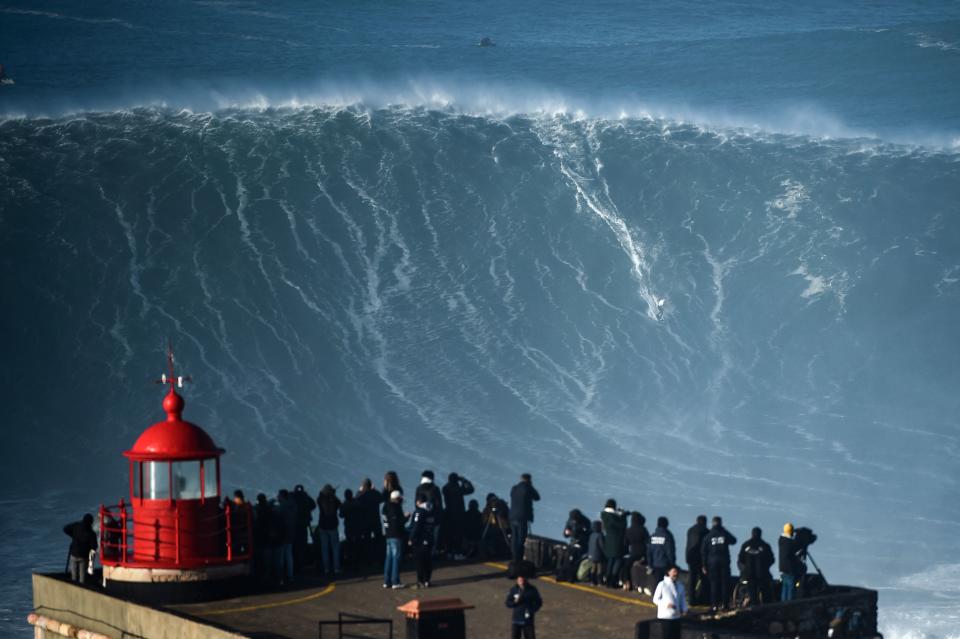
Big-wave surfing has wowed awe-struck onlookers from all over the world, more so in the digital age where some of the biggest breaks on earth are tempted and captured in video or photos.
And the eye-popping disbelief that arises from seeing the monstrous swells is well warranted, with some of the waves reaching heights over 80 feet, making the brave surfers looking to conquer the beast look like figurines.
Where are the giant waves found?
We’re back on our e-journeys around the world, leaving the national parks behind in search of the biggest waves in the world…
Cortes Bank — San Diego, California

It’s a 110-mile trip from the San Diego, California coastline to the massive swells that occur at Cortes Bank—where wave heights have stretched to over 60 feet.
Ghost Tree — Pescadero Point, California
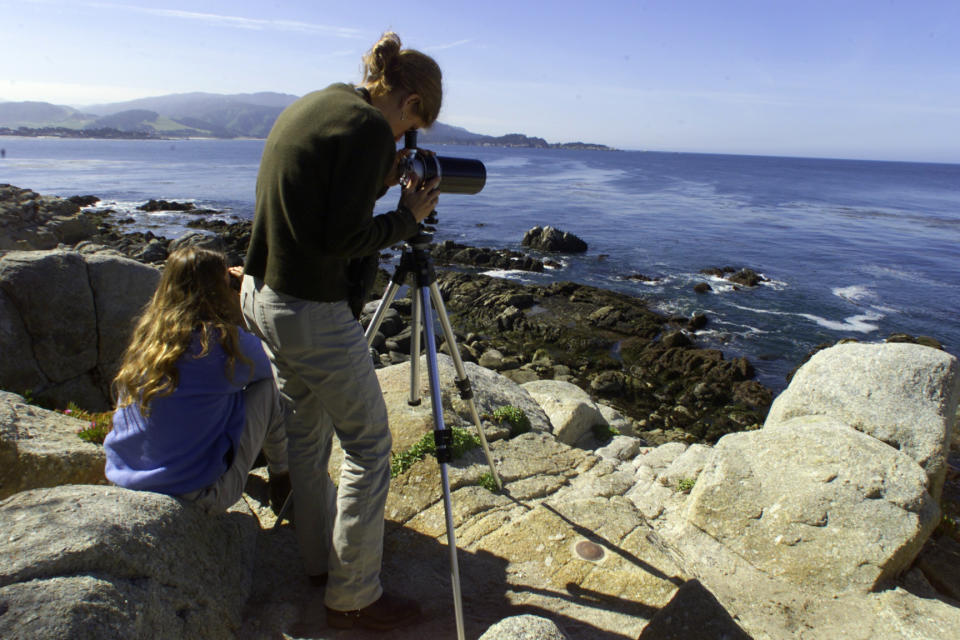
While most would associate the area with the 18th hole of the world-famous Pebble Beach Golf Course, the waves that break there are some of the biggest off California’s coast—estimated at times over 60 feet—and most dangerous. A fact that’s escalated in recent years as the National Oceanic and Atmospheric Administration (NOAA)put an end to motorized personal watercraft in the area, which makes towing in—the only way to surf the break—impossible.
Pico Alto — Punta Hermosa, Peru

Nearly a mile out from the Peru coastline, Pico Alto is another monster break, one that produces swells over 50 feet and is considered the largest wave in South America. And conquering this wave has another layer of difficulty, as surfers must paddle for 30 minutes just to get into position. Yikes!
Dungeons — Cape Town, South Africa
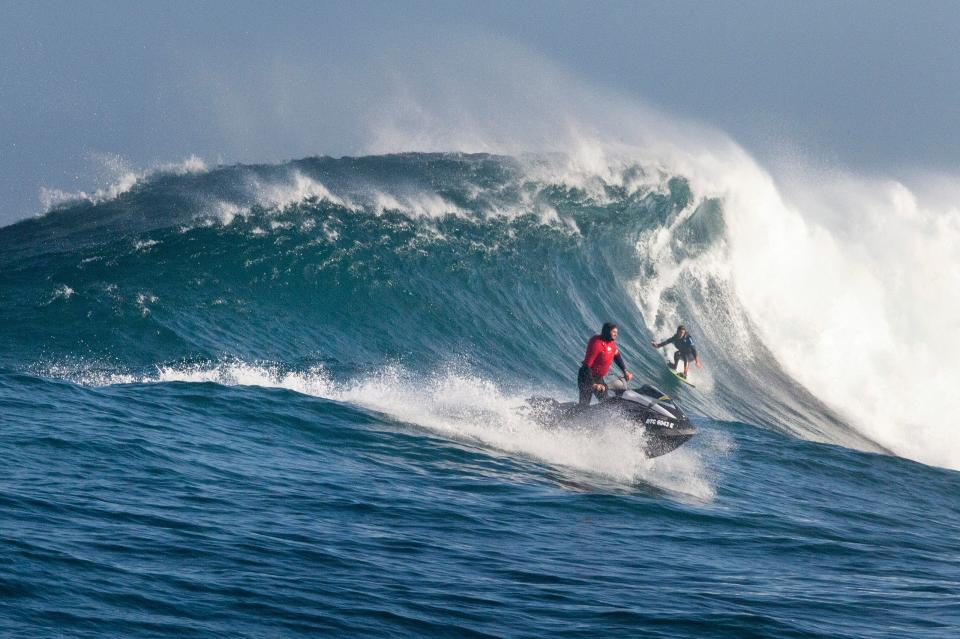
Africa’s biggest wave has a lot of hazards for the surfers willing to test the giant 60-plus-foot swells just off Hout Bay. Besides the shark-infested waters (yikes), a wipeout here could drag a surfer some 30 feet under the water.
Punta de Lobos — Pichilemu, Chile

A monstrous left-hand point break that can reach upwards of 30 feet, the swells at Punta de Lobos are as legendary as the island rocks of Los Morros they brea of of — and it’s little wonder why the spot was made a World Surfing Reserve.
Todos Santos/Killers — Baja California, Mexico
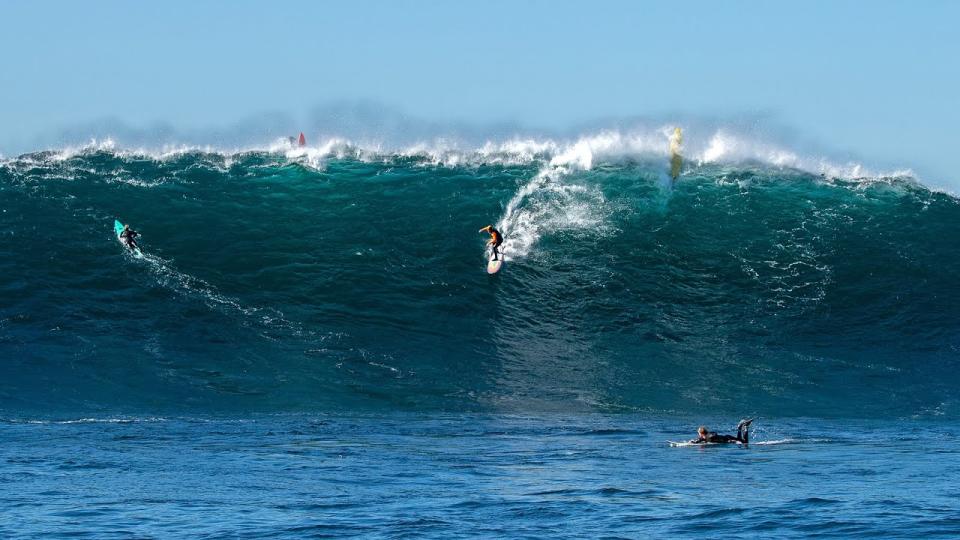
Another World Surfing Reserve, the enormous waves at Todos Santos (or “Killers”) can reach over 60 feet. Just over 10 miles off the Ensenada coast, the right-hand breaks are some of the largest in North America.
Belharra — La Côte Basque, France
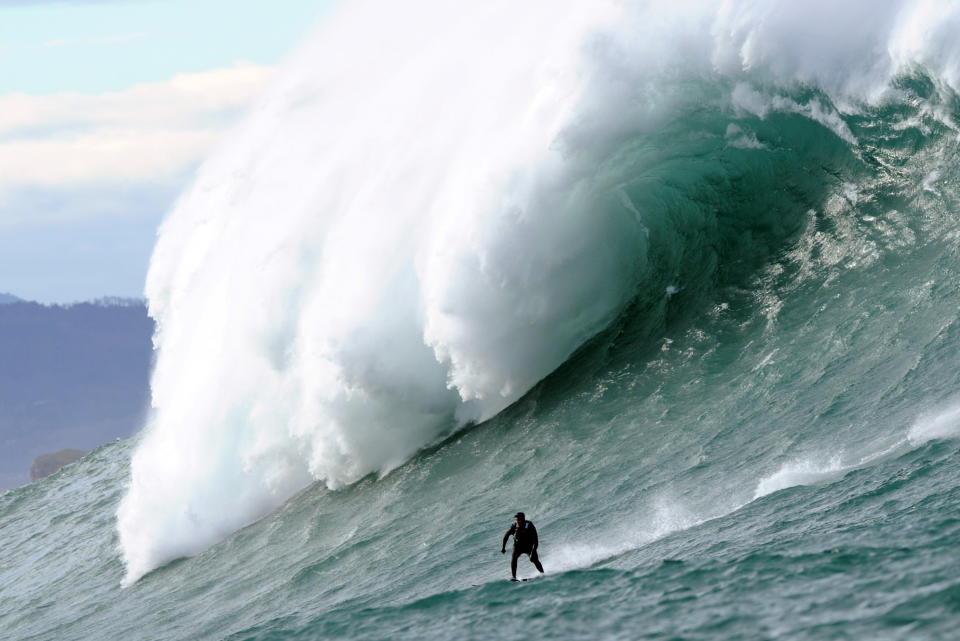
Most people may not associate giant waves with the French coastline, but Saint-Jean-de-Luz has an iconic A-frame wave that breaks over 25 feet. But those willing to catch the massive swell need patience and timing: the swell appears only a few times a decade.
Mullaghmore Head — Donegal Bay, Ireland
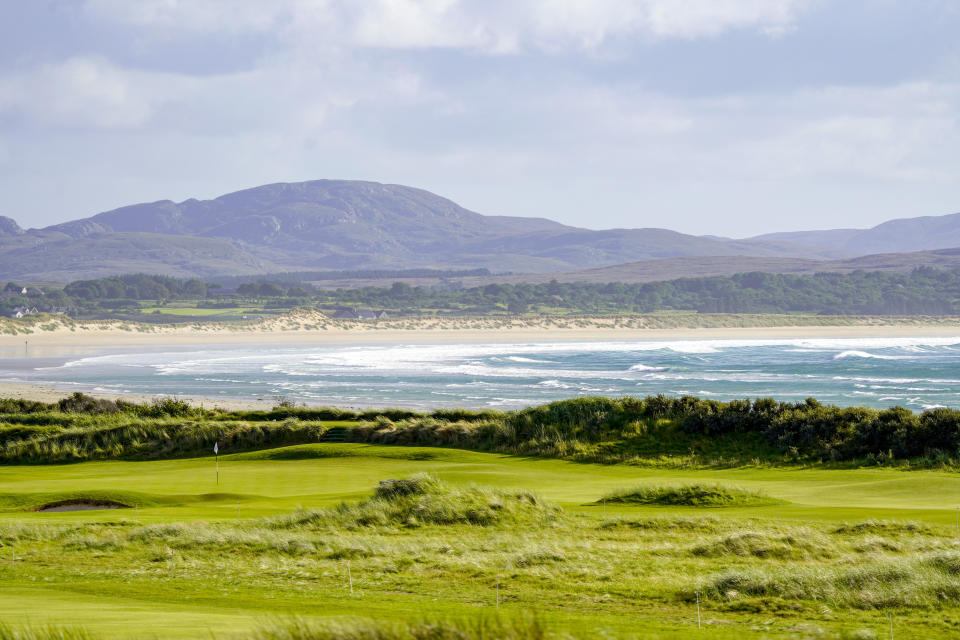
When the North Atlantic winter storms slam into the Irish coastline, this left-hand break becomes on of the most ferocious in the world — one that can peak over 50 feet.
Mavericks — Half Moon Bay, California
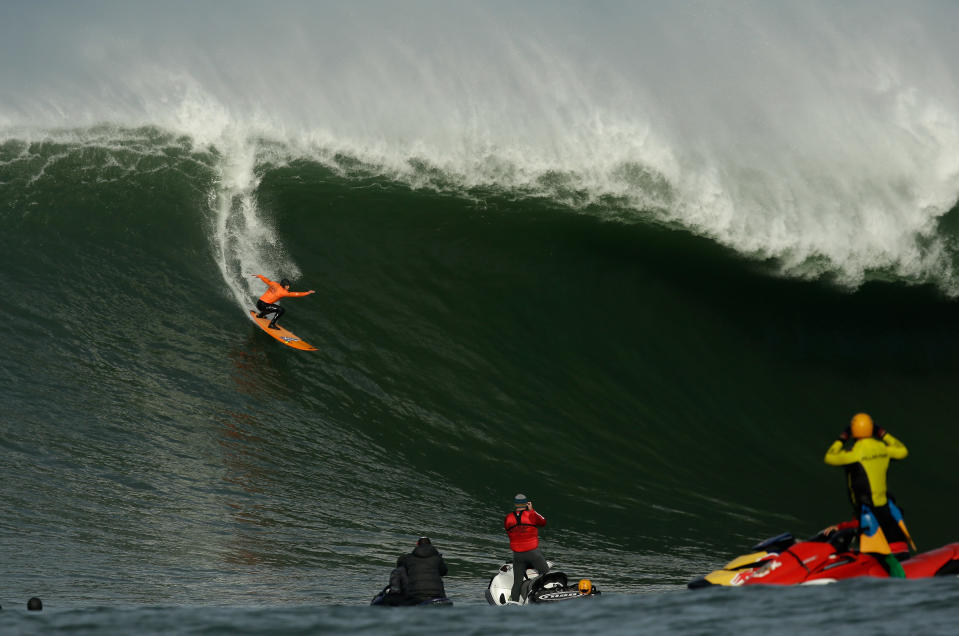
There are around three, maybe four spots that even the most non-surfing people would name when it comes to huge waves, and the lore surrounding the spot. Mavericks is one of them—if not the one. The A-frame wave that breaks off Pillar Point can soar above 50 feet and crest at over 25, creating one of the more risky/feared/deadly rides in surfing.
Shipstern Bluff — Tasmania, Australia
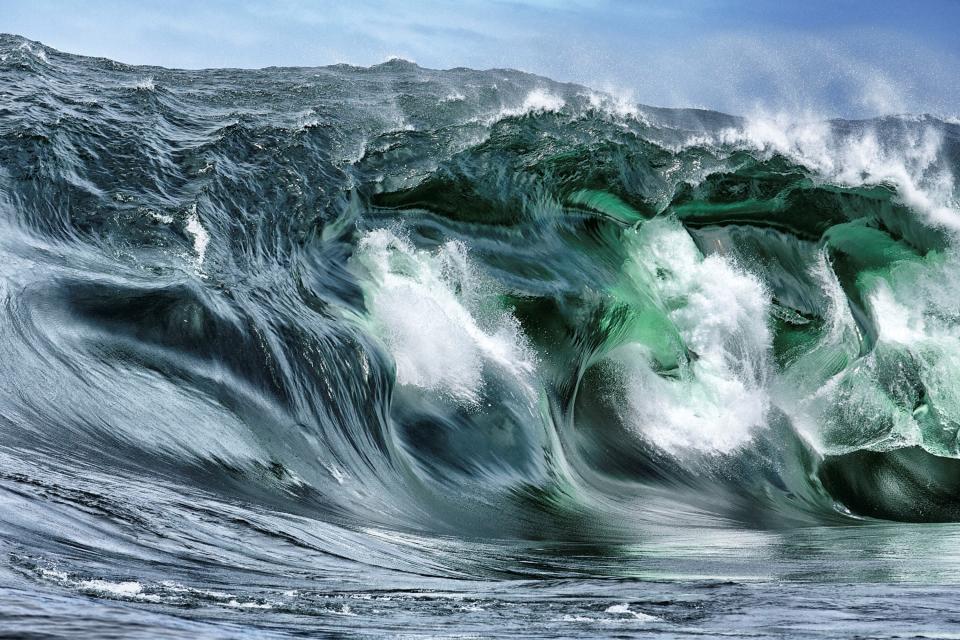
A picture is worth 1000 words. Not only is the paddle out to this massive swell in the Tasman Sea a tough go, but the surf breaks over a reef that creates a wave within a wave (or “steps”), making it a bumpy test that can reach above 30 feet.
Teahupoo — Tahiti, French Polynesia
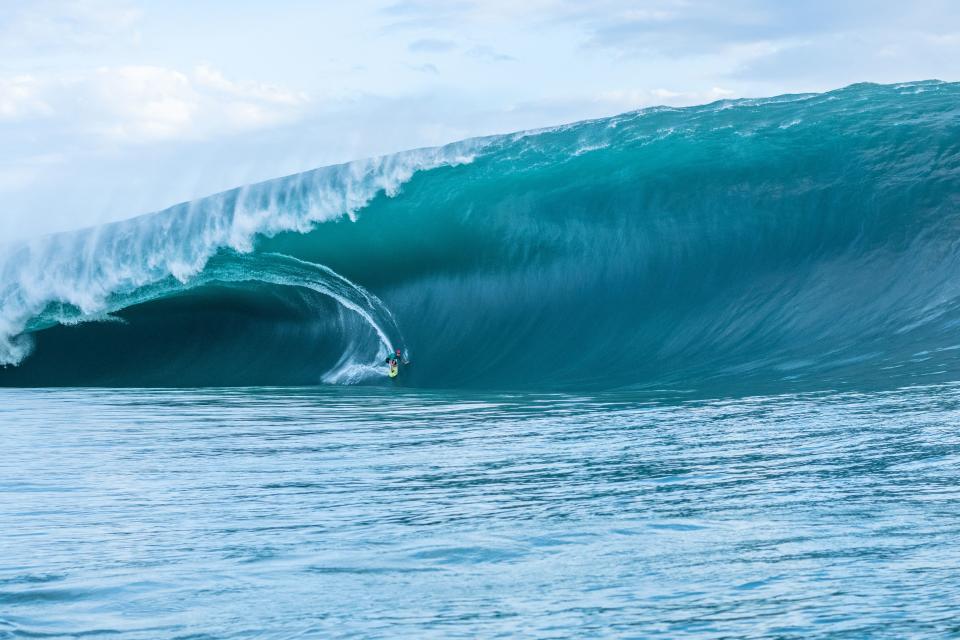
Teahupoo is another recognizable swell for the masses, a heavy barrel that looks like it could crush anything in its path — there’s little wonder why the 25-plus-foot swells are considered the heaviest in the world.
Jaws/Peahi — Maui, Hawaii
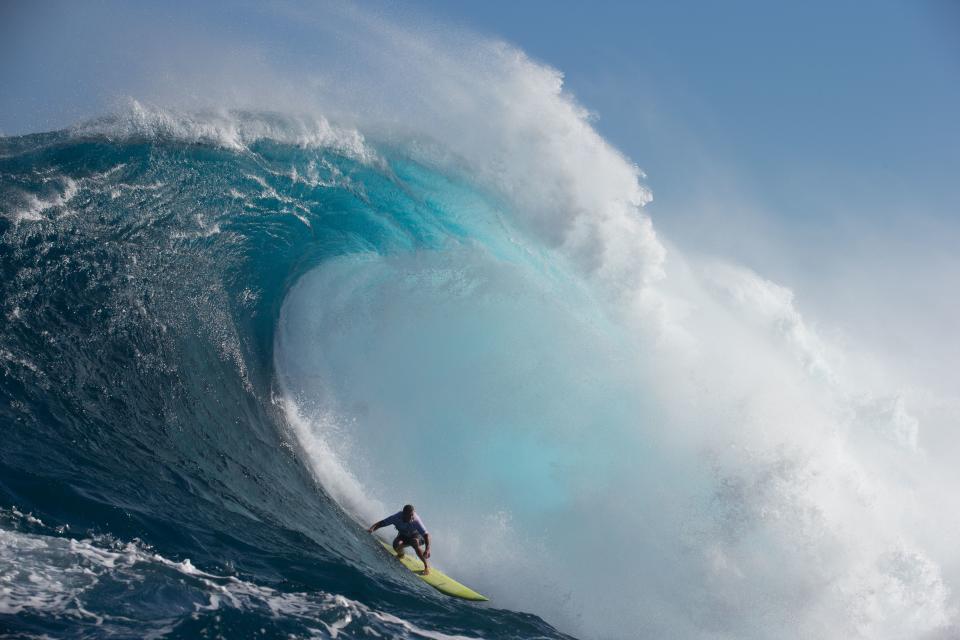
The final two breaks on this list are so intense, so massive, and reach such eye-popping heights that the lore surrounding both are play out like a Hollywood film. First up is Jaws, the beast of the Pacific Ocean that can peak at 80 feet and moves like lighting…
Praia do Norte — Nazaré, Portugal
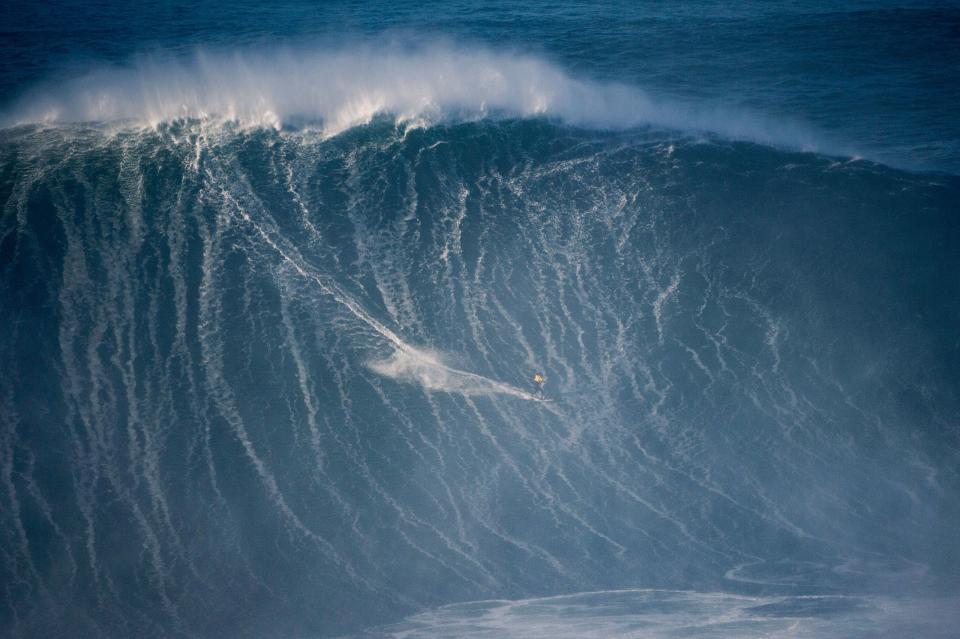
And then, there is the undisputed King of Big Wave Surfing. Praia do Norte in Portugal has become the world’s most famous (infamous?)swell, attracting surfers and curious onlookers from across the globe. The heavy angular swells rise like a waking giant cloaked in dark green from the sea floor, reaching over 80 feet to even 100 feet high before crashing in a thunderous roar.

